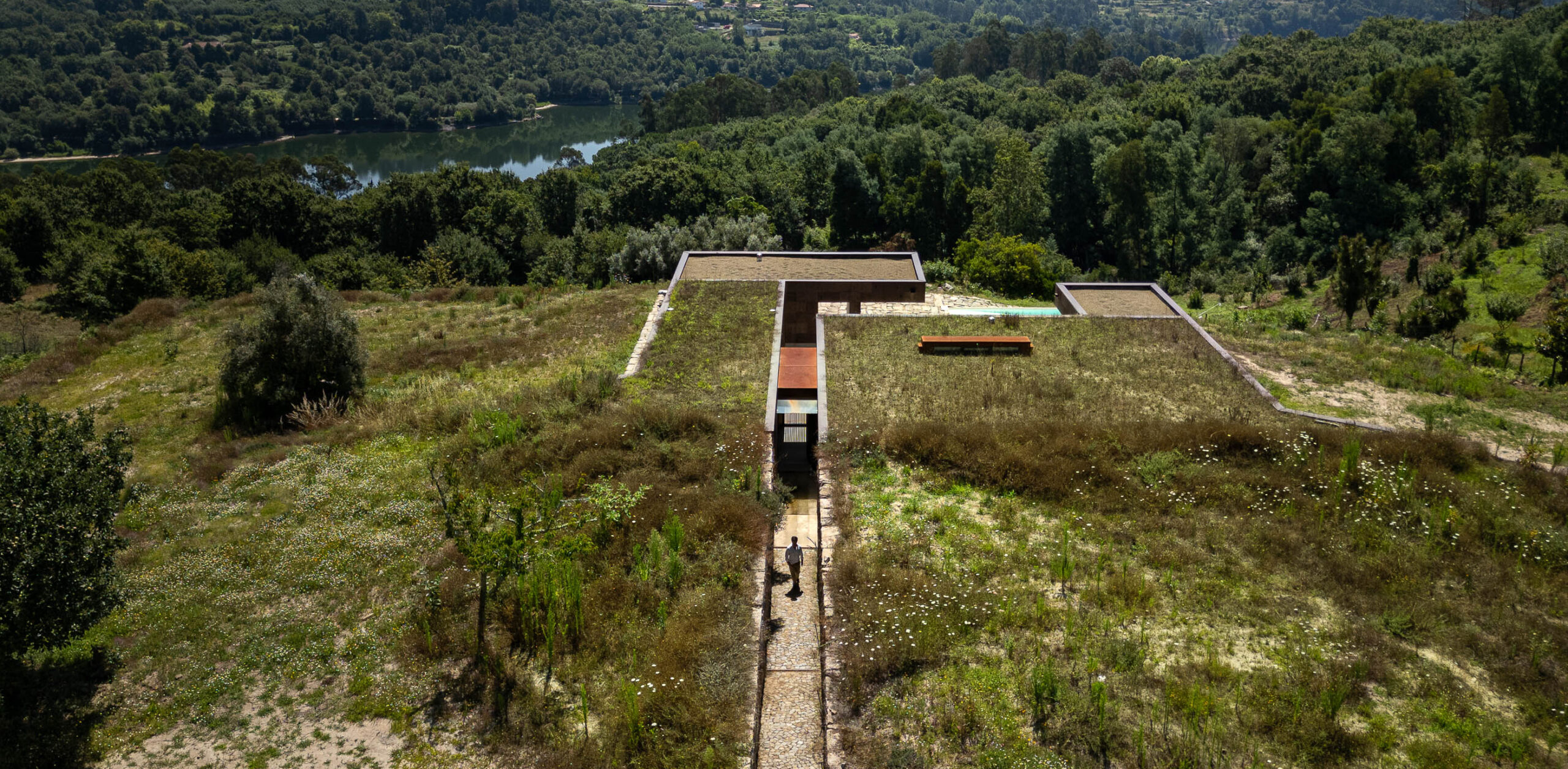Department of Buildings approves six designs for New York's scaffolding


New York's Department of Buildings has greenlit designs by architecture studio PAU and engineering outfit Arup for the city's sidewalk sheds to make them "safer, more egalitarian, and more beautiful".
Multiple designs have been released for new standardised sidewalk sheds – also known as scaffolding – to replace the current structures, which Arup principal Seth Wolfe called "tunnel-like".

Currently, more than 8,000 scaffolding units are deployed throughout the city, mostly with designs that have been in use since the 1980s.
Working under mayor Eric Adams' Get Sheds Down initiative, the Department of Buildings (DOB) tasked teams led by PAU and Arup to separately come up with three designs each to improve the conditions of urban life while maintaining safety.

The sheds are designed to provide scaffolding for workers while protecting pedestrians from potential overhead debris.
"These new shed designs are leaps and bounds above what we see on sidewalks today, and coupled with scientific evidence-based reforms of the city's facade inspection regulations, they will help us unclog pedestrian spaces for our fellow New Yorkers," said DOB commissioner Jimmy Oddo.

The designs are not only modified to create better-looking streetscapes, but variable in that different designs can be designed for different usages.
Take PAU's three designs. The first Speed Shed is a "light-duty structure designed for rapid deployment and easy mobility" geared towards short-term projects and emergencies, while the Wide Baseline Shed is more heavy-duty for large projects in high-traffic areas.
The third design, Baseline Shed, is more adaptable and can be configured for both "heavy- and light-duty variants", according to the New York-based studio.

All three designs feature angled covers with various levels of perforation that extend up and out over the sidewalk, allowing for more light in.
Studio founder Vishaan Chakrabarti noted the significance of the project on New York's urban fabric, with more than 400 miles of sheds currently in place.
"PAU was established to design for the public," said Chakrabarti. "I can't imagine a more impactful intervention than making Gotham's sidewalks – the most defining aspect of our city’s public realm – safer, more egalitarian, and more beautiful."
Arup took a similar approach, creating three separate designs for different usages.
Of all six designs, its Rigid Shed is perhaps the closest to the design in current use. It features heavy-duty beams with a perforated top and colourful connecting elements.

For lighter touches, the Air Shed is lifted off the street altogether. It has beams that lay directly against the face of buildings with platforms fo workers tucked high and against facades and is modifiable for emergency repairs in varying conditions.
The Flex Shed is also modifiable and good for light-touch work. Lightly coloured columns support a structure with a transparent top.
The DOB will begin the implement the designs, making them available for projects as early as 2026.
Other New York City news includes the opening of parts of the restored East River Park system with a solar education structure designed by BIG and a progress update on the new Gensler-designed terminal at JFK International Airport.
Project credits:
PAU-led team: LERA Consulting Structural Engineers and collaborators including Tang Studio Architect, Langan, RWDI, Fisher Marantz Stone, and Dharam
Arup-led team: KNE studio, Reddymade, and CORE Scaffolding,
The post Department of Buildings approves six designs for New York's scaffolding appeared first on Dezeen.



















































